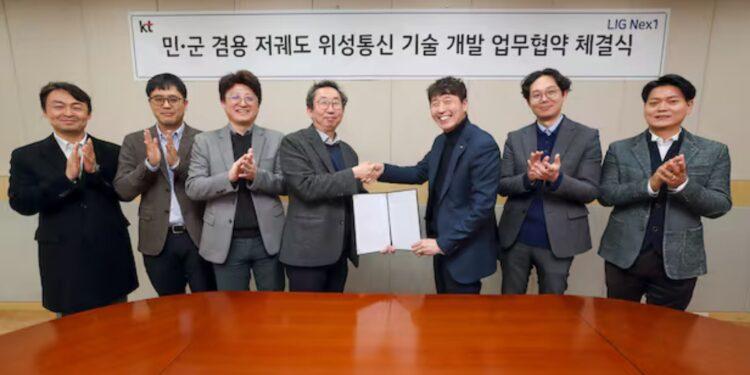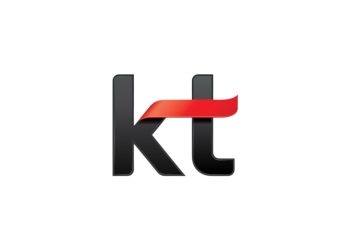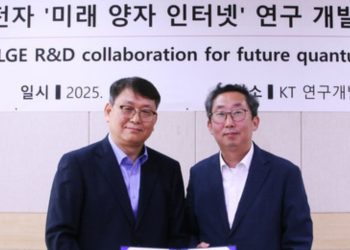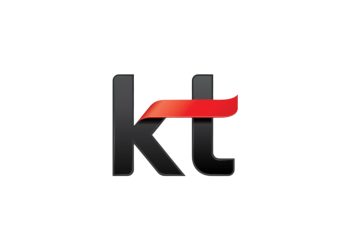KT, South Korea’s telecommunications company, announced on January 9 that it has signed a memorandum of understanding with defense firm LIG Nex1 to develop essential technologies for low Earth orbit (LEO) satellites. The collaboration will focus on creating key technologies for dual-use LEO satellites, which can serve both commercial and military purposes.
The partnership aims to advance several critical areas, including a next-generation sixth-generation (6G) satellite communications system and quantum cryptography. KT stated that the agreement is a step toward developing homegrown satellite technologies to enhance South Korea’s capabilities in space communications.
KT and LIG Nex1’s partnership comes at a time when South Korea faces growing concerns about its reliance on foreign satellite providers, such as SpaceX, Kuiper Systems, and OneWeb, for communication needs. With national security at stake, particularly in defense communications, the collaboration aims to address these risks by advancing homegrown technologies for low-earth orbit (LEO) satellites. The development of LEO satellites will enable South Korea to reduce its dependence on foreign entities, ensuring more secure and autonomous communication systems for both commercial and military applications.
As part of their joint efforts, KT and LIG Nex1 will first focus on developing a 6G satellite communication system simulator. This simulator will assist in the design and optimization of LEO satellite constellations. KT will take the lead in managing the 6G Non-Terrestrial Network (NTN) base station components, which will involve conducting performance analysis and verifying system requirements. LIG Nex1, on the other hand, will focus on the satellite communication systems and LEO satellite technologies, working to integrate both elements into a seamless solution.
The two companies also aim to strengthen communication security by combining KT’s wireless quantum cryptography technology with LIG Nex1’s advanced directional tracking technology. This collaboration will work toward developing long-range wireless quantum cryptography technology, which will be crucial for military mobile tactical networks. The secure communication systems developed through this partnership will enhance South Korea’s ability to protect sensitive defense communications, especially in a world where satellite security is increasingly important.
KT’s Lee Jong-sik and LIG Nex1’s Kim Do-kyung emphasized the importance of this collaboration in advancing military communication technologies. Lee stated that expanding the application of 6G technology to satellite communications will drive the evolution of military communication systems, while Kim highlighted the goal of building a “fast” and “safe” communication network through this project. Together, KT and LIG Nex1 aim to set the foundation for future defense satellite projects, including developing military LEO tactical satellites.
As 5G and LEO satellite communication technologies continue to evolve rapidly, the importance of cooperation between the private sector and the military has become increasingly evident. Kim Do-kyung, head of LIG Nex1’s C4I Research Institute, emphasized that this partnership is vital for integrating KT’s commercial mobile communication technologies with LIG Nex1’s military communication expertise. The goal is to build faster and more secure defense networks that can operate across land, sea, air, and space, ensuring greater resilience and efficiency in defense communications.







